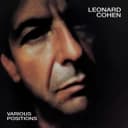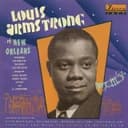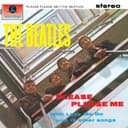The E♯ Major Pentatonic Scale follows the standard interval formula but requires extremely complex notation with double sharps. The enharmonic equivalent F Major Pentatonic uses a simple one-flat key signature, making it far more practical. This theoretical E♯ scale appears only in academic study.
Enharmonic Equivalence with F Major Pentatonic
E♯ Major Pentatonic and F Major Pentatonic sound identical but use drastically different notation. F Major Pentatonic's simplicity makes it the preferred choice for all practical music-making. The E♯ notation would only appear when maintaining sharp consistency in extremely rare theoretical contexts.
Practical Applications
When working with this key center, always use F Major Pentatonic for all practical purposes. The scale is popular in folk, pop, and rock music. Its relationship to F Major makes it essential for understanding pentatonic construction.
Scale Relationships
The pentatonic scale relates to D Minor Pentatonic as its relative minor. It connects to F Blues through added chromatic notes. Understanding F Major Pentatonic is essential for this key center.





